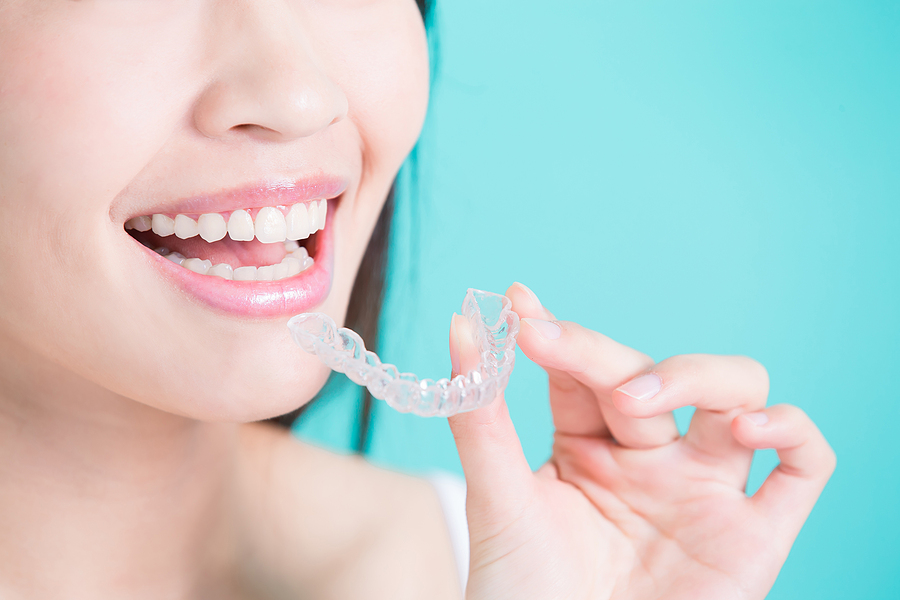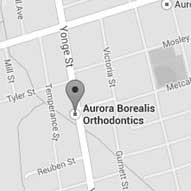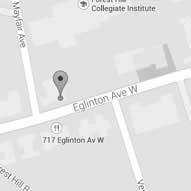
Invisalign is one of the greatest technologies in the dental field. It has received a lot of attention in recent years due to the increased awareness of people, and their constant strive to look their best. The appearance of metal braces is not acceptable to some people, so Invisalign took care of that. It looks better – practically invisible – and is overall more comfortable. However, Invisalign is not for everyone. So you should be asking yourself “am I a good candidate for Invisalign?”. We’ll try to answer that question for you next.
How does Invisalign work?
Invisalign consists of a number of clear, transparent plastic molds known as aligners. The aligners fit the outer surface of your teeth perfectly. When you wear these aligners, they apply pressure to the teeth in a very controlled manner, and as a result, the teeth start moving to the pre-determined position.
Is Invisalign better than braces?
It certainly holds a lot of merits over braces, such as:
- Superior appearance: No more metal mouth.
- More comfort: No scraping or injuring the lips and cheeks.
- Better oral hygiene: No brackets or wires that impede brushing and flossing.
- Speedier treatment: Since it is computer made, it takes less time to show results.
- Accuracy: Also since it is entirely planned and made with computers.
However, braces are still widely used and even preferred by most orthodontists. So no one can truly say that Invisalign is “better”. Only you can make that choice.
Am I a good candidate for Invisalign?
Generally, Invisalign can be used in straightforward, simple cases such as:
- Mild to moderate crowding of the teeth.
- Gapped and spaced teeth.
- Mildly crooked teeth.
- Mild overbites or underbites.
Another aspect to consider is age. Invisalign is better suited for older teens (Specifically over 12 or 13 years of age) as well as adults. This is because that is the age around which all of the baby teeth have fallen out and adult teeth have come in.
Under these circumstances, Invisalign is a great fit for almost 80% of all cases.
So what can’t Invisalign treat?
Invisalign is not suited for the more advanced and deeply seated problems. These include:
- Jaw size mismatch:
Meaning the bones of your upper jaw is bigger than your lower jaw or vice versa. - Severe overbites or underbites:
This is usually a deep-seated problem in the bones. The base relation of the bones of the upper and lower jaws can in turn affect the relation of the teeth. - Missing teeth:
Since Invisalign depends on pressure on the teeth, a few missing teeth can disrupt the system. - Multiple implants, crowns, or bridges:
These are fixed types of restorations. This means they do not move the same way as the teeth, so again the system can be disrupted.
Of course, there are a few exceptions to each case. Only your orthodontist can be the true judge of whether Invisalign is the right choice for you. However, if not, there are other esthetic options to choose from such as clear and lingual braces. So we’ve got you covered!





